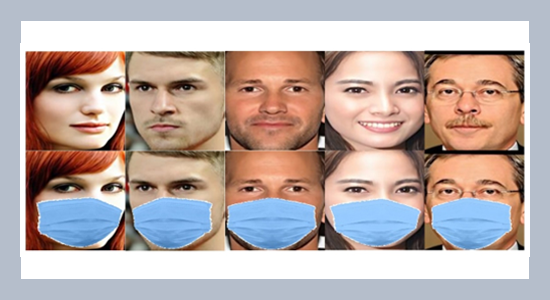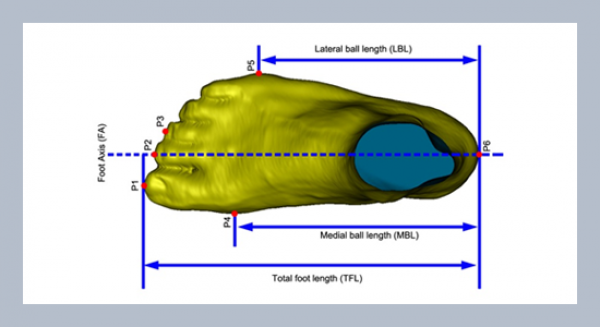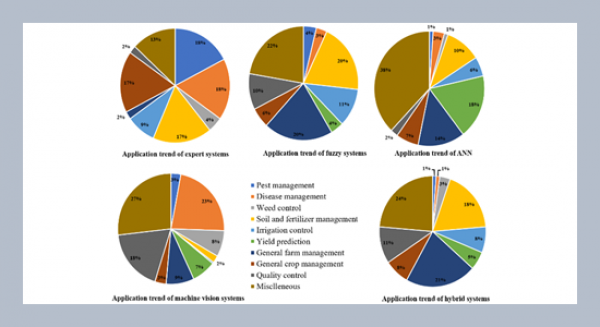REFERENCES
- Anwar, A., Raychowdhury, A. 2020. Masked face recognition for secure authentication. arXiv, arXiv: 2008. 11104.
- Bain, X., Li, J. 2021. Conditional adversarial consistent identity autoencoder for cross-age face synthesis. Multimedia Tools and Applications, 80, 14231–14253.
- Cao, Q., Shen, L., Xie, W., Parkhi, O.M., Zisserman, A. 2018. VGGFace2: A dataset for recognizing faces across pose and age. 13th IEEE International Conference on Automatic Face & Gesture Recognition (FG 2018), 67–74.
- CDC. 2023. COVID-19 prevention actions. Retrieved 2023-06-06 from https://www.cdc.gov/coronavirus/2019-ncov/prevent-getting-sick/index.html
- Cheng, W.C., Hong, Y.Q. 2022. FaceNet-based feature vector statistics for masked face recognition. Workshop on Consumer Electronics (WCE2022).
- Cheng, W.C., Hsiao, H.C., Lee, D.W. 2021. Face recognition system with feature normalization. International Journal of Applied Science and Engineering, 18, 1–9.
- Cheng, W.C., Hsiao, H.C. Li, L.H. 2023. Deep learning mask face recognition with annealing mechanism. Applied Sciences, 13, 732.
- Chen, Y., Lin, G., Li, S., Omar, B., Wu, Y., Wang, F., Feng, J., Xu, M., Li, X. 2020. Bidirectional aggregation network with occlusion handling for panoptic segmentation. IEEE/CVF Conference on Computer Vision and Pattern Recognition, 3793–3802.
- Chong, W.-J.L., Chong, S.-C., Ong, T.-S. 2023. Masked face recognition using histogram-based recurrent neural network. Journal of Imaging, 9, 38.
- Darwin, C., Wallace, A.R. 1858. On the tendency of species to form varieties; and on the perpetuation of varieties and species by natural means of selection. Zoological Journal of the Linnean Society, 3, 45–62.
- Dewi, C., Chen, R.-C. 2022. Automatic medical face mask detection based on cross-stage partial network to combat COVID-19. Big Data and Cognitive Computing. 6, 106.
- Dewi, C., Chen, A.P.S., Christanto, H.J. 2023. YOLOv7 for face mask identification based on deep learning. 15th International Conference on Computer and Automation Engineering (ICCAE), 193–197.
- Dewi, C., Chen, A.P.S., Christanto, H.J. 2023. Recognizing similar musical instruments with YOLO models. Big Data and Cognitive Computing. 7, 94.
- Dewi, C., Chen, R.-C., Yu, H., Jiang, X. 2023. XAI for image captioning using SHAP. Journal of Information Science and Engineering. 39, 711–724.
- Dorigo, M., Maniezzo, V., Colorni, A. 1996. Ant system: Optimization by a colony of cooperating agents. IEEE Transactions on Systems, Man, and Cybernetics, Part B (Cybernetics), 26, 29–41.
- Eberhart, R., Kennedy, J. 1995. A new optimizer using particle swarm theory. Proceedings of the Sixth International Symposium on Micro Machine and Human Science, 39–43.
- Ge, Y., Liu, H., Du, J., Li, Z., Wei, Y. 2023. Masked face recognition with convolutional visual self-attention network. Neurocomputing. 518, 496–506.
- Holland, J.H. 1992. Adaptation in natural and artificial systems. Ann Arbor, MI: University of Michigan Press.
- Huang, G.B., Ramesh, M., Berg, T., Learned-Miller, E. 2007. Labeled faces in the wild: A database for studying face recognition in unconstrained environments. University of Massachusetts, Amherst, Technical Report, 7-49.
- Huang, B., Wang, Z., Wang, G., Jiang, K., He, Z., Zou, H., Zou, Q. 2021. Masked face recognition datasets and validation. IEEE/CVF International Conference on Computer Vision Workshops (ICCVW), 1487–1491.
- Kai, W., Shuo, W., Jianfei, Y., Xiaobo, W., Baigui, S., Hao L., Yang, Y. 2021. Mask aware network for masked face recognition in the wild. IEEE/CVF International Conference on Computer Vision Workshops (ICCVW), 1456–1461.
- Kelly, M.D. 1970. Visual identification of people by computer. Techical Report AI-130.
- Liu, C., Wechsler, H. 2002. Gabor feature based classification using the enhanced fisher linear discriminant model for face recognition. IEEE Transactions on Image processing, 11, 467–476.
- Liu N., VGGFace2-HQ, 2021. Retrieved 2023-06-06 from https://github.com/NNNNAI/VGGFace2-HQ
- NEC. Face recognition: Biometric authentication. Retrieved 2023-06-06 from https://www.nec.com/en/global/solutions/biometrics/face/
- Negnevitsky, M., Translated by Hsieh, C.H., Liao, H.C., Lee, L.W. 2019. Artificial intelligence: A guide to intelligent systems, 3/e. Pearson Education Taiwan Ltd. 7-1, 7–44.
- Ngan, M.L., Grother, P.J., Hanaoka, K.K. 2020. Ongoing face recognition vendor test (FRVT) Part 6B: Face recognition accuracy with face masks using post-Covid-19 algorithms. NIST Interagency/Internal Report (NISTIR).
- Schroff, F., Kalenichenko, D., Philbin, J. 2015. FaceNet: A unified embedding for face recognition and clustering. IEEE Computer Society Conference on Computer Vision and Pattern Recognition (CVPR), 815–823.
- Shukla, R.K., Tiwari, A.K. 2023. Masked face recognition using mobilenet v2 with transfer learning. Computer Systems Science and Engineering, 45, 293–309.
- Sirovich, L., Kirby, M. 1987. Low-dimensional procedure for the characterization of human faces. Journal of the Optical Society of America A Optics and image science, 4, 519–524.
- Song, L., Gong, D., Li, Z., Liu C., Liu, W. 2019. Occlusion robust face recognition based on mask learning with pairwise differential siamese network. arXiv, arXiv: 1908. 06290.
- Takacs, B. 1998. Comparing face images using the modified Hausdorff distance. Pattern Recognition, 31, 1873–1881.
- Thales Group. 2020. Biometric technology to control COVID-19. Retrieved 2023-06-06 from https://www. thalesgroup.com/en/spain/magazine/biometric-technology-control-covid-19
- Wang, Z., Huang, B., Wang, G., Yi, P., Jiang, K. 2023. Masked face recognition dataset and application. IEEE Transactions on Biometrics, Behavior, and Identity Science. 5, 298–304.
- WHO 2023. Coronavirus disease (COVID-19): Masks. Retrieved 2023-06-06 from https://www.who.int/news-room/questions-and-answers/item/coronavirus-disease-covid-19-masks
- William, I., Ignatius Moses Setiadi, D.R., Rachmawanto, E.H., Santoso, H.A., Sari, C.A. 2019. Face recognition using facenet (survey, performance test, and comparison). In 2019 Fourth International Conference on Informatics and Computing (ICIC), 1-6.
- Wu, C., Fu, X., Pei, J., Dong, Z. 2021. A novel sparrow search algorithm for the traveling salesman problem. IEEE Access, 9, 153456–153471.
- Xue, J., Shen, B., 2020. A novel swarm intelligence optimization approach: Sparrow search algorithm. Systems Science & Control Engineering, 8, 22–34.
- X-zhangyang, Real-world-masked-face-dataset, 2020. Retrieved 2023-06-06 from https://github.com/X-zhangyang/Real-World-Masked-Face-Dataset
- Yang, X.S., 2009. Firefly algorithms for multimodal optimization. SAGA 2009, Lecture Notes in Computer Science, 5792.
- ZENBOT99, VGGface2_HQ_cropped, 2022. Retrieved 2023-06-06 from https://www.kaggle.com/datasets/zenbot99/vggface2-hq-cropped
- Zeng, S., Gou, J., Deng, L. 2017. An antinoise sparse representation method for robust face recognition. Expert Systems with Applications: An International Journal, 82, 1–9.















